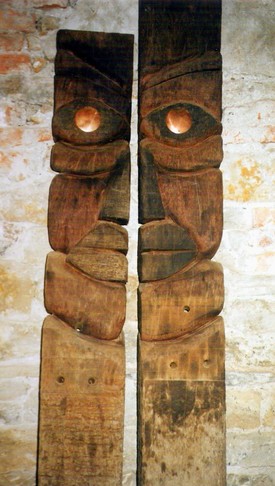Mitología vasca
By Patxi Xabier
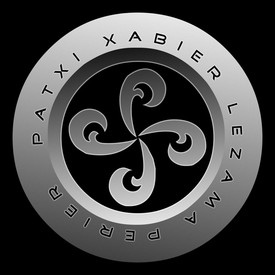
Patxi Xabier Lezama Perier was born in 1967 in Zalla (Municipality of the region of Enkarterri of Vizcaya), where he lived, studied and worked. A town known for its popular culture and especially for their mythology where were widespread superstitions in malignant supernatural beings, witches and witchcraft, and the natives of Zalla are called Warlocks par excellence. The primal basic matrix vibrated at the very bottom of the innermost depths of the artist, beginning a long and extensive search for transmit and resolve, as well as providing face this kind of subversive imaginary underworld, also assuming more or less subtlety and roundness, systems of values that go beyond the visual, from a historical and cultural perspective that is constantly looking at its roots the keys to his own identity in legends, myths and indigenous deities were forming the Basque mythological universe. An ancient mythology legacy of the past, living in the present and transmit to future generations.

The archetype of the matriarchal Goddess and the symbolic structure of the female image in Basque mythology, ritual, art and creation. The cultural mythology and Basque creativity of the Goddess and the fine creative sensitivity that characterizes every work, turned into a classic reference of contemporary Basque culture of the Mother Goddess (Amalur) and her omnipotent character, represented as the arachnic divinity that weaves the web universal of the cosmos. Stone spheres set in wrought iron in the sculpture of the hypothesis of the universe as Mother Earth. An ecological review of Nature in its symbolic image as a creative capacity where creativity as a matriarchal-feminine attribute, which is claimed by every creator in contact with existence that will finally open to the limit stage of Spirit as the horizon of the transcendent sense. The feminist movement and its struggle for liberation for emancipation take on special relevance in this production sculpture that reflects the reality of the creative archetype that explores the world of the maternal body, whose psychological reality symbolically embodies a woman, an interesting mystical worldview of the archetype the Mother Goddess (Amalur) for the artistic cultural mediation of the Basque people.
In Basque Mythology Amalur is the name that in Euskera means "Mother Earth". In the legends of the Basque people, the Earth, Ama-Lurra, is the main divinity. The Earth is shown to us as the habitat of all living beings, possessing our own vital force that has created our natural environment. The Earth is a huge container, an unlimited receptacle, where the souls of the deceased and most of the mythological characters live. The faith in Ama-Lurra is very old in the Basque people, previous to the invasion of the Indo-European peoples. Teluria is the Cult Relative to the Earth, energies that arise from the interior of the earth, come, circulate and emanate continuously from the earth's surface and the subsoil, being very related to the energetic variations of the geo-magnetosphere, the electro-conductivity of the terrain and the gravito-magnetic influences of the Sun and the rest of the planetary system.
Mythological universe

In Basque Mythology Mari is a feminine Numen in the form of an elegant and wonderful lady, endowed with a mysterious and fascinating power, which in turn is an idyllic source of inspiration. It is the most important genius of Basque mythology, being a tectonic mythological character lives underground, and comes to the surface by caves and chasms. Most of the time she shows herself in the form of a beautiful woman, personifies the forces of nature, and with her power, gives balance to these. It is the feminine personification of the earth, the queen of Nature and all its components. As a goddess she has the capacity to impose justice, severely punishing men who act with evil, defender of honesty and very severe with injustice. Among its missions is to punish lies, theft, pride, not to comply with the given word, not respect people and arrogance, but rewards the help of others, succor its followers but punishes those who do not believe in her.

In Basque Mythology Etxe is, from the point of view of Basque symbolic anthropology, the house or hamlet, reconstituting the cave of the Goddess Mari, whose representation was the Etxekoandre or Lady of the house. The Basque club is radical, elementary and absolutely matriarchal-feminine, because it is both time and space of communion of the living and the dead, dwelling and burial, temple and cemetery and place of life (procreation and birth) and death (death, burial and remembrance).
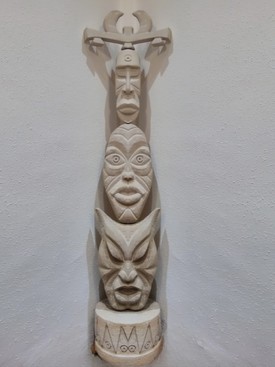

Elf or ghost of Basque mythology, which is responsible for causing diseases whose natural causes are ignored to humans. It is something like shape or figure of fog, nebula. It is a spirit whose figure is vague and indefinite, perhaps an animistic projection of the mist or of the air itself. This genius is most of the time negative and hinders human actions, but at certain times it can help us.
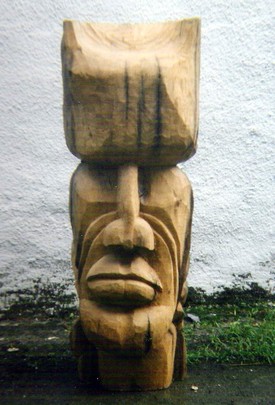
Basajaun is the Lord of the Forest, a character from Basque mythology of prodigious stature and strength, which the first settlers of those lands found inhabiting the most remote mountains and forests. It is attributed the responsibility of transmitting to humans the secrets of agriculture (such as, for example, the cultivation of wheat), the manufacture and use of tools such as the saw and the mill or work in iron.
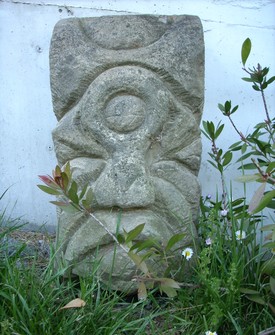
Tartalo in Basque mythology is an anthropomorphic cyclops, gigantic, with only one eye in the middle of the forehead with anthropophagic customs and terrifying behavior. It is perverse, of wild instincts and very aggressive. It feeds on sheep, children and even adults from time to time. It lives in the mountains and its size is huge as is its strength.

